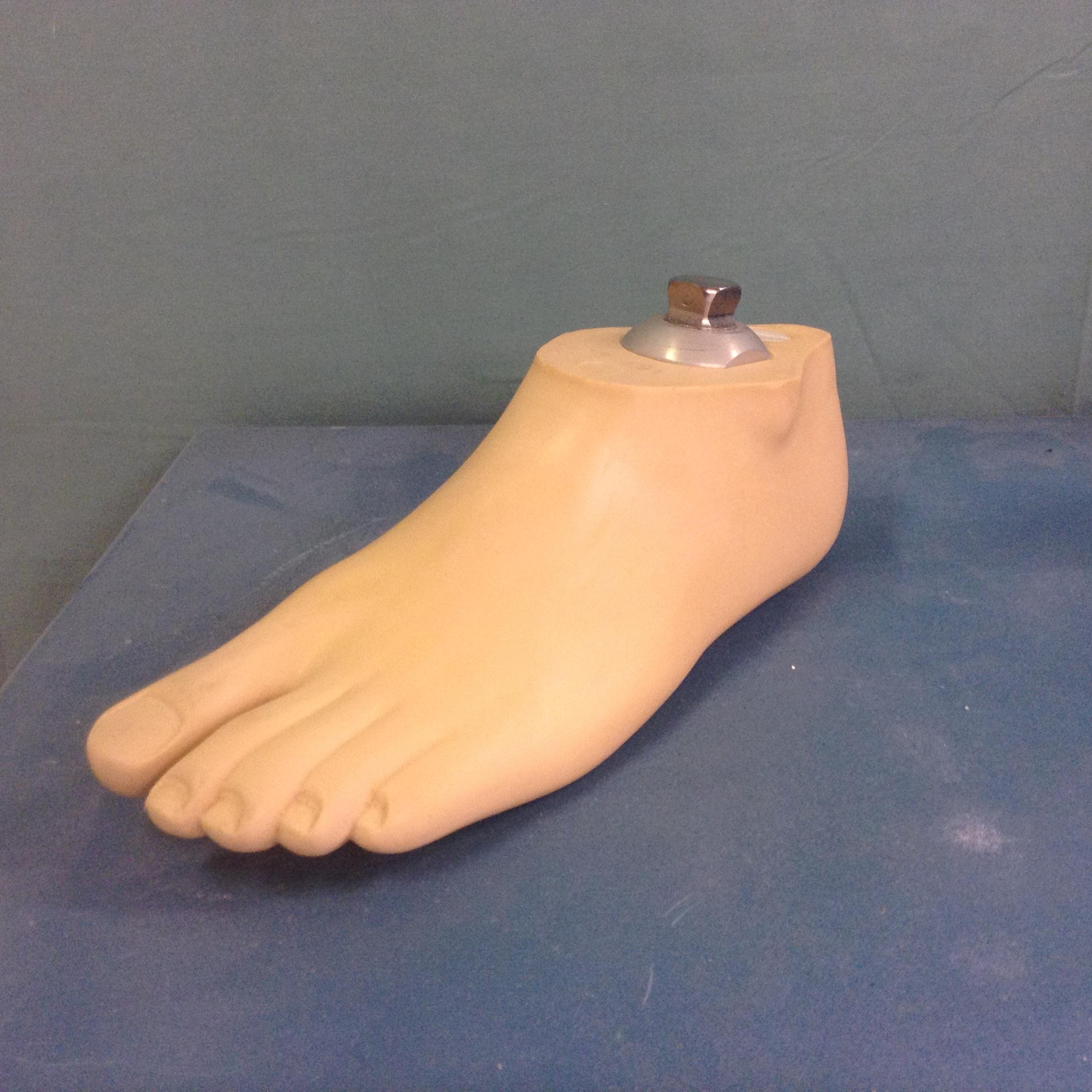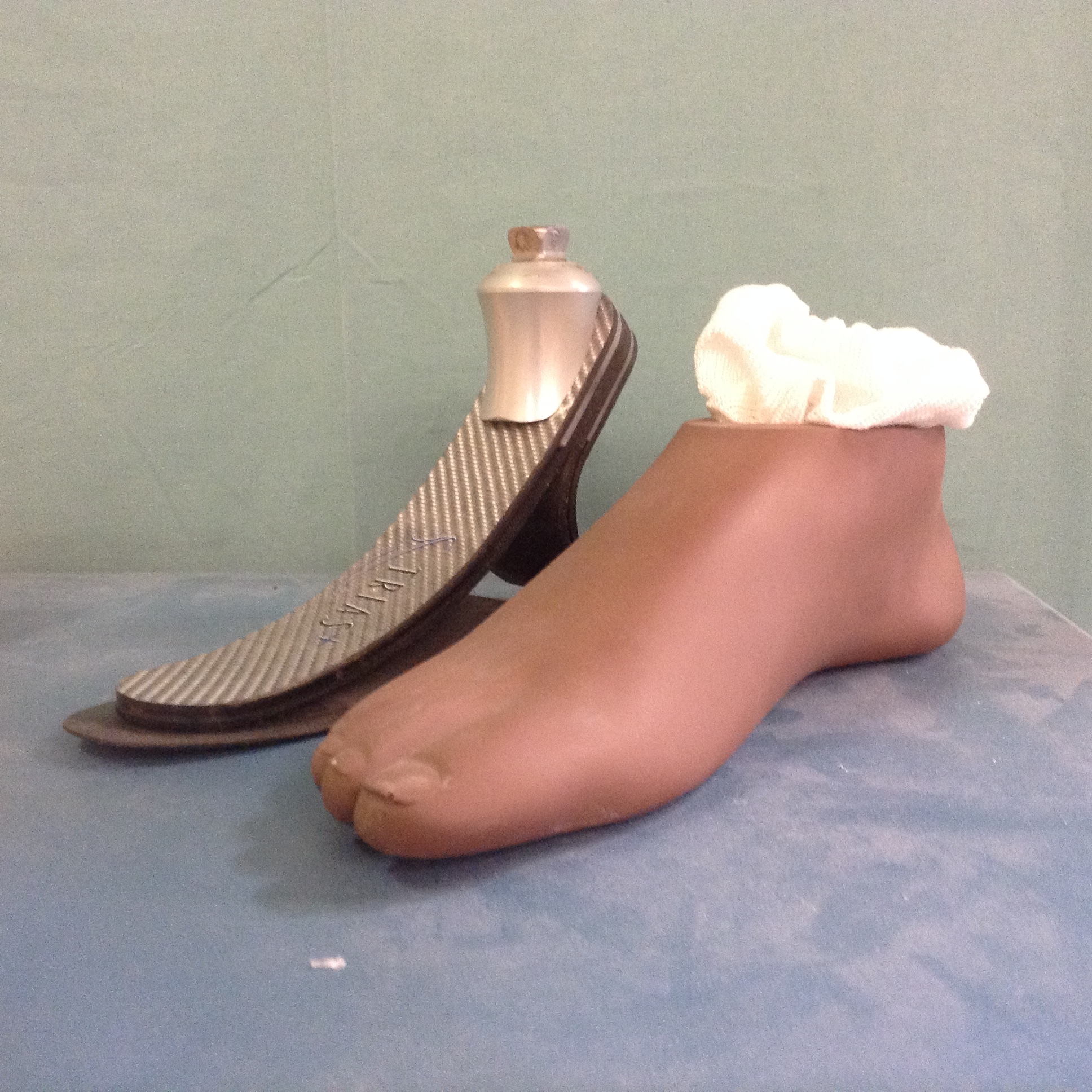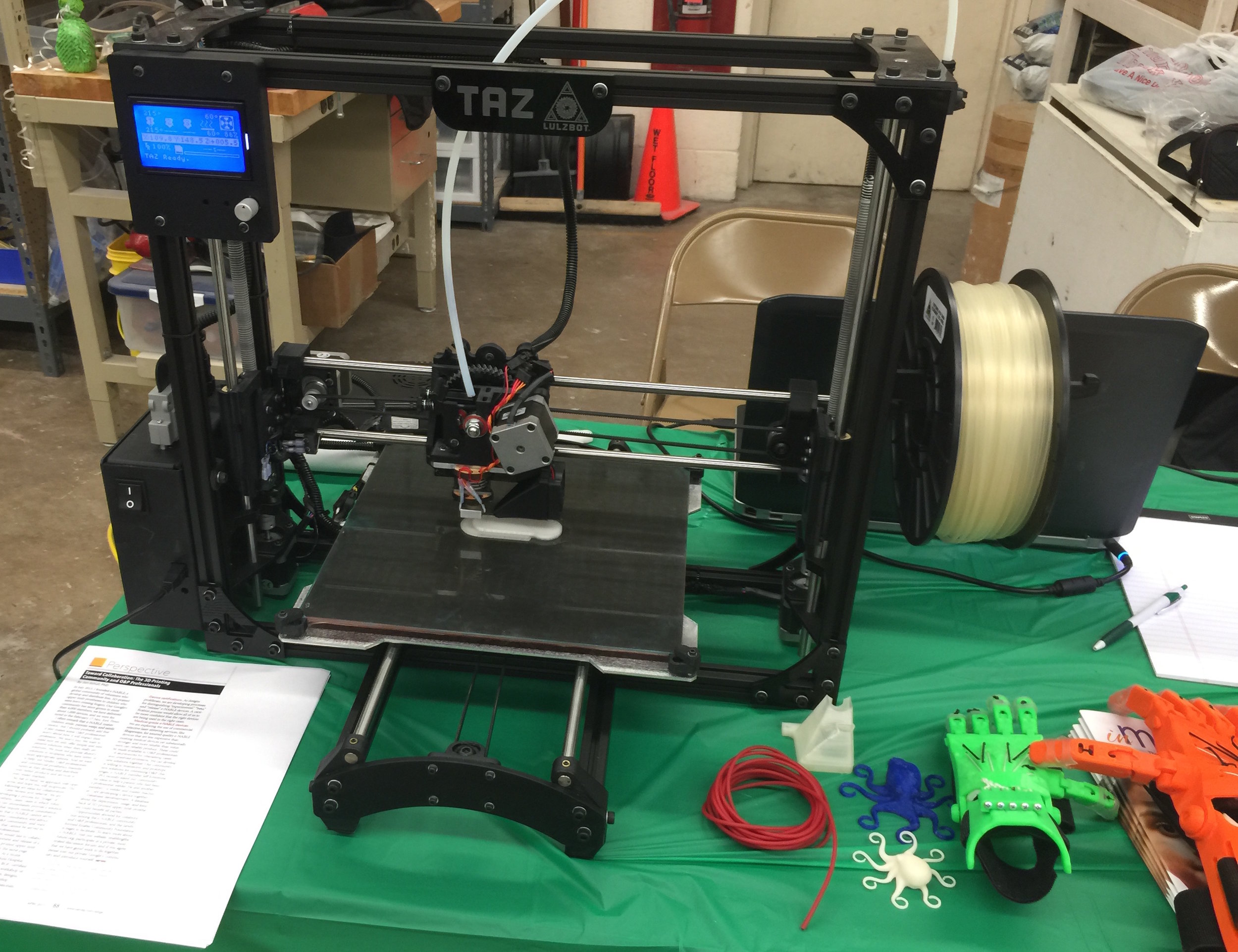Question:
I just received my new brace last week and now I have a small open area on my ankle. What should I do? Sally N.
ANSWER:
Getting a new orthosis or prosthesis is very exciting, but can also present some challenges as your body gets used to the new device. When you get a new device from us it is important to carefully follow the break-in schedule provided to you by your practitioner. Normally we will recommend breaking in your new device over 1-2 weeks until you can work up to a prescribed full-time wear. It can be tempting to wear the new device all day but to avoid causing problems, follow the break-in schedule closely! This can help to stop small problems from becoming big problems.
Something else to look for when using your new device after you have taken it off, is to see if there are any red areas on your skin. Some redness is OK and expected, but if the redness doesn't go away in about 30 minutes and remains, stop using the device and get in touch with our office to schedule a follow-up with your practitioner.
If you have been following the break-in schedule carefully and monitoring your skin, but still have an open area or some skin breakdown occurs, we normally recommend you stop using your device and contact us for a follow-up appointment. If possible, take a picture so that we can track the problem area together after we make adjustments and as it heals. If your sensation is not completely intact, make sure you have a mirror so that you can inspect your skin visually from all angles if you are not able to feel an area that is rubbing or uncomfortable.
If you have an open area on your skin, do not ignore it, especially if you have circulation problems or diabetes. The area can get larger, or infected if not cared for properly, and this can set you back in achieving your rehabilitation goals. Taking a short break to let a small area heal is more effective and safer than having to take a long break to let a larger area heal. Keep the area covered if it opens up and do your best to keep pressure off of it. Oftentimes, taking a short break from using the device until the wound heals, having an adjustment made, and restarting the wear schedule will alleviate future problems in that area.
- Nina Bondre, Certified Prosthetist Orthotist
Do you have a question you would like to Ask Us? Email us at info@dankmeyer.com.






